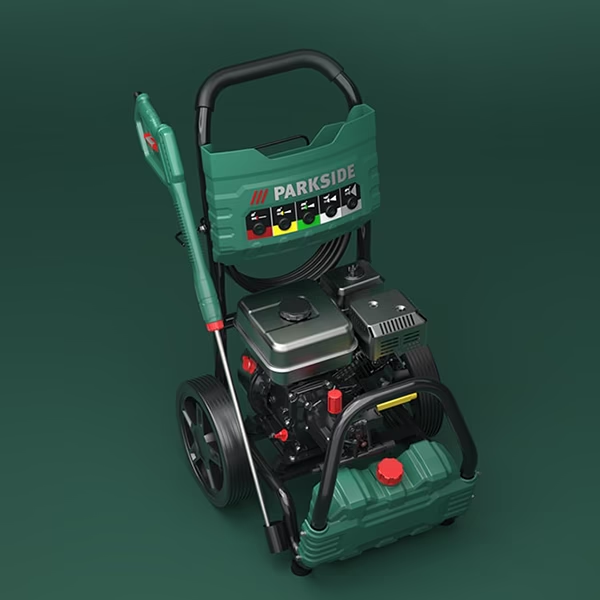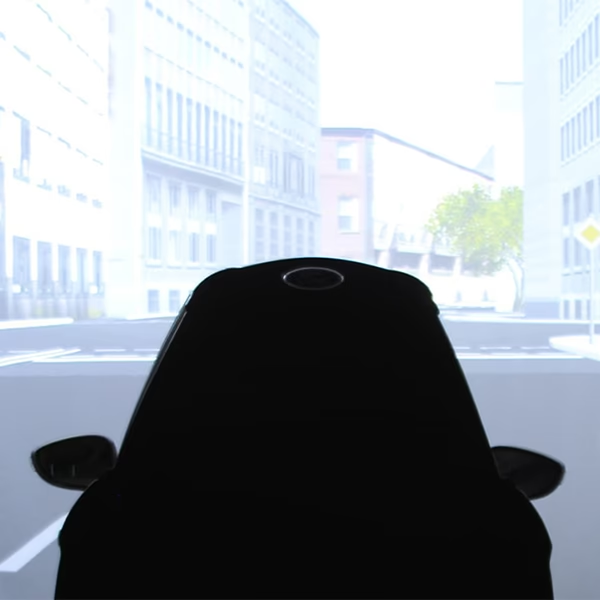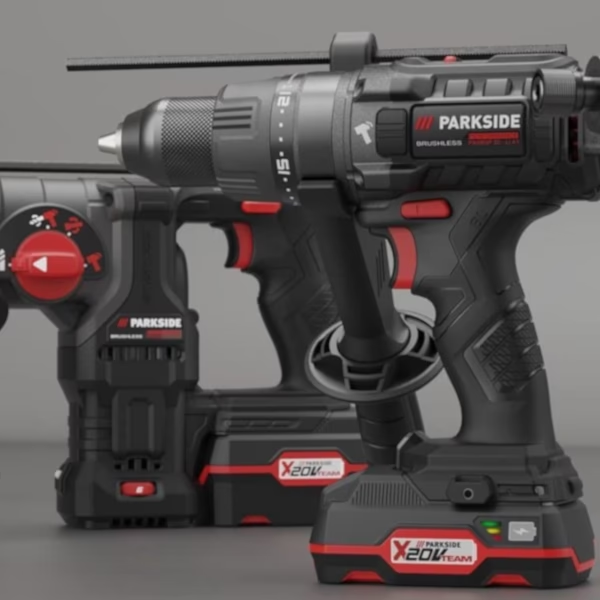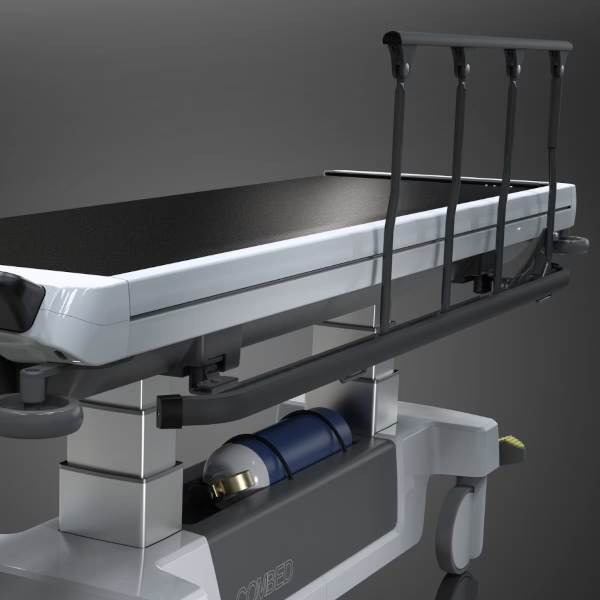Form follows flow — industrial design for maximum hydrodynamic performance
Together with our long-standing partner Lettmann, we are proud of the result of the manta presented at the Boot trade fair in 2018.
The new Creeker from the traditional Mortar brand impresses in two ways. Because both performance and kayak design are impressive.

kayak design
There is little room for design at the bottom of whitewater kayaks due to hydrodynamic requirements. On the other hand, we were able to give the unmistakable, modern Lettmann look to the upper water side. Compared to a grenade, the manta looks sharper.
The typical curves, corners and edges are precisely worked out and leave no doubt about the speed and reliability of the paddle boat. Steps and obstacles in the water are therefore no problem. The wide rear ensures quick and safe surfacing. Rear spoilers provide excellent acceleration.
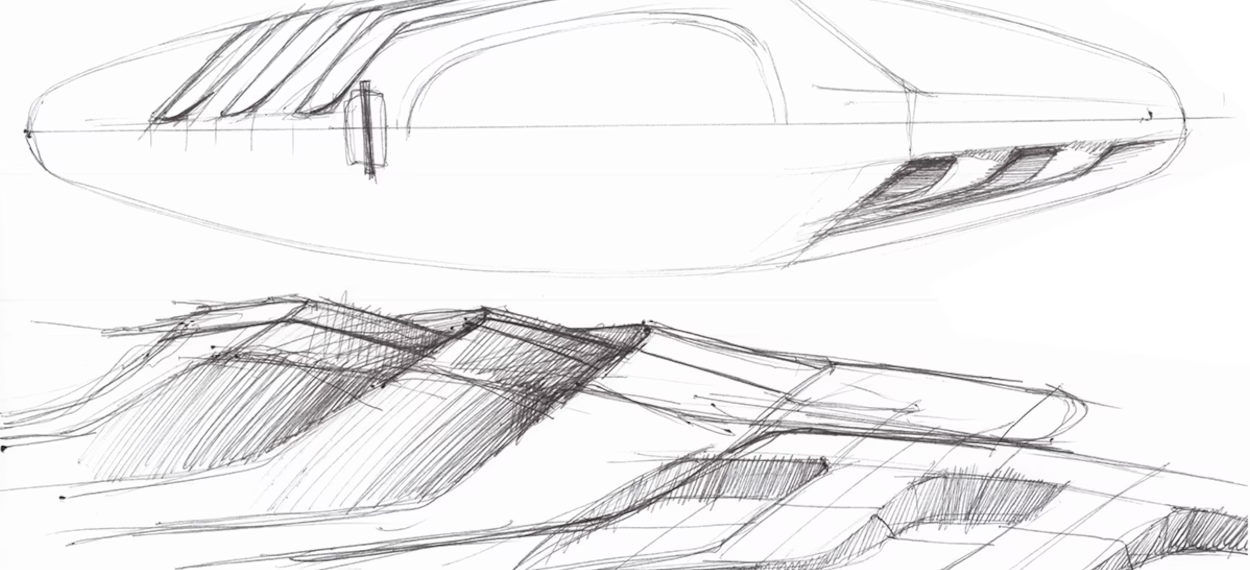
Competence based on many years of experience
In this project, we contributed to the design of the upper ship, CAD implementation and tool construction.
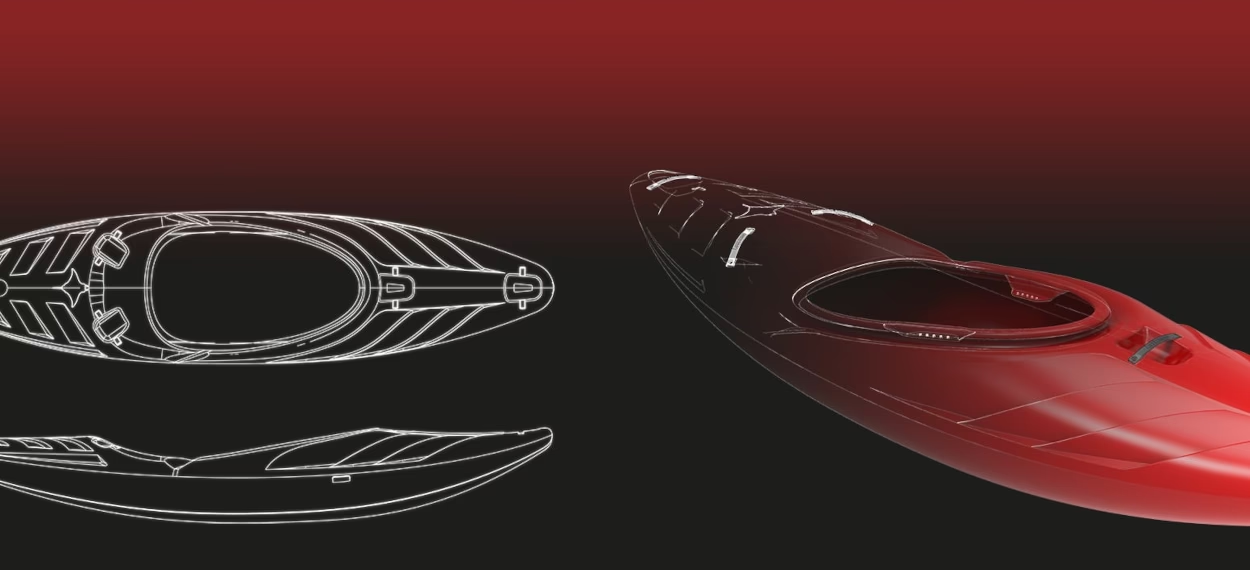
Quick development - exact CAD implementation
Compared to other boats, we were able to significantly speed up product development using CAD implementation. In the past, boats were manually sanded out of foam blocks over weeks of manual work, but today it is faster and, above all, more precise to create the data on a computer. Even errors that only become apparent during the ongoing process can be resolved quickly in this way. This saves nerves, time and costs.
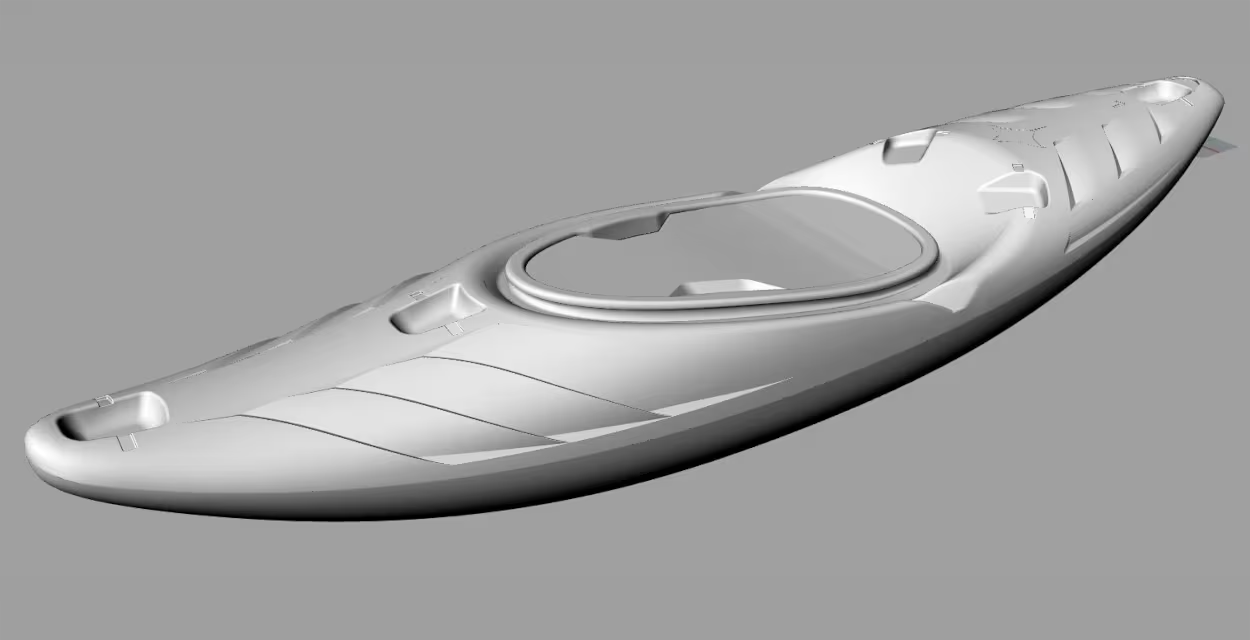
Support from A to Z
We also supported Lettman during the subsequent tool design with our in-depth knowledge and the supply of 3D milling data.
The boats are made from polyethylene using a rotational sintering process. Here, a PE powder is filled into the molds. These two-piece or multi-piece molds are heated evenly in large ovens and rotate around themselves on two axes. The melting material forms evenly as a wall on the tool molds. After cooling down, the boats are unmolded and finished. Thanks to the pressureless process, the products are virtually stress-free and therefore extremely tolerant to shock and pressure. This makes the boats safe and durable.
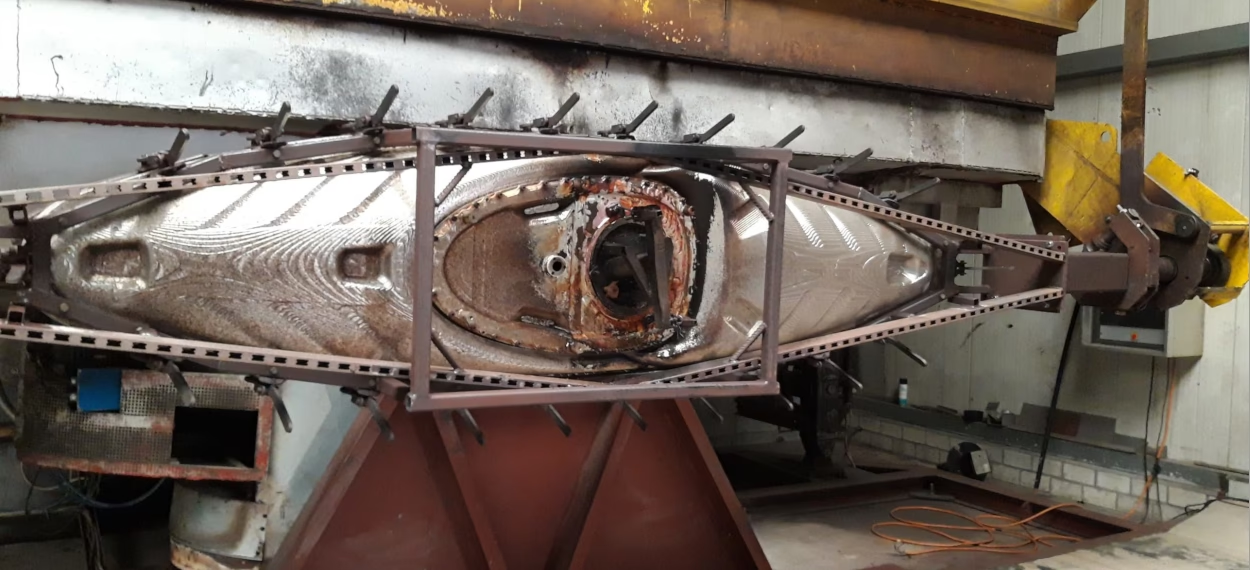
Compared to laminated tool molds, which are only made for small quantities or initial prototypes, aluminum molds are more expensive to produce, but their shelf life is many times longer. In addition, they significantly improve the quality of boats. The molds cool down more evenly and therefore guarantee a controlled cooling process of the plastic. The result is lower deformation rates and improved product quality.
We had to weigh up two types of mold production: CNC milling or casting. Cast molds have poorer surface qualities in production. However, the surface has a major influence on the handling and appearance of the boats — a strong argument for CNC-machined shapes. In addition, although a manually generated model of the boat was available, an additional model based on the digital data would have had to be created for accuracy.
Thanks to the CAD design, this step could be skipped because the data from the negative forms could easily be generated digitally.
An Italian partner milled the tool halves from solid aluminum blocks. However, this enormous expenditure of materials and costs pays off in later production. Thanks to the precise shapes, the Manta can be manufactured in series and in large quantities in Lettmann's in-house production facilities.


